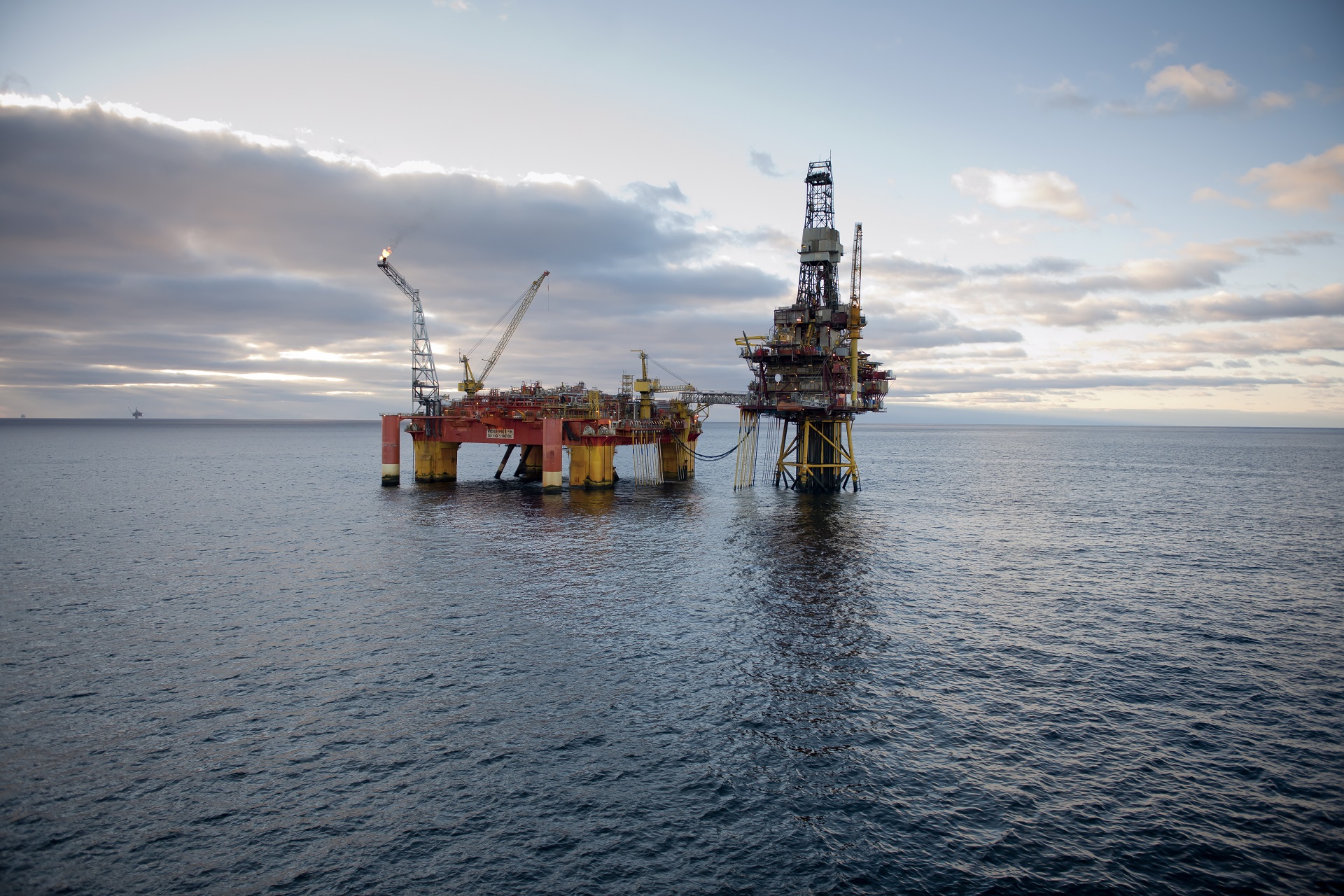Extended lifetime

Veslefrikk in the North Sea was developed with two facilities, Veslefrikk A and B. They must be removed by 2027. (Photo: Equinor/Øyvind Hagen)
6/10/2022 In February 2022, production came to a halt on the Veslefrikk field in the North Sea. More than 32 years had passed since the field came on stream. The story of the field's extended lifetime was hardly visible in the whirlwind of news during the winter.
The quiet shutdown of Veslefrikk might have been caused by a much larger drama unfolding in Eastern Europe. Perhaps it was due to the public's waning interest in all the efforts invested into maximising value creation from the Norwegian shelf. Even a medium-sized field like Veslefrikk has provided a significant contribution to the Norwegian welfare machine. Every little bit helps.
The Norwegian Petroleum Directorate's 50th anniversary
All fields on the Norwegian continental shelf have their unique characteristics.
Many sleepless nights and plenty of hard work from a broad range of players have gone into developing Norwegian oil and gas fields into what they are today, with high regularity in production – and extended lifetimes for many fields.
Over the last 50 years, the Norwegian Petroleum Directorate has played an important role – or supporting role – in the development of many fields – as well as in the management of data from the shelf. In this series of articles, we'll be telling a few of these stories.
Vast revenues
As an estimate, we could say that the net cash flow from Veslefrikk amounted to NOK 30-40 billion. This means revenues after investments/expenses have been deducted, including decommissioning expenses.
The Veslefrikk A and B facilities must be removed by the end of 2027. At that point, we'll have been living with Veslefrikk for close to 50 years.
There was a real risk that this adventure would be cut short by several years. In the autumn of 2010, the licensees were discussing whether or not to carry out a final drilling campaign.
The operator Equinor (then Statoil) and the Norwegian Petroleum Directorate (NPD) strongly believed that there was more oil to extract from the reservoirs on Veslefrikk, and therefore more money to earn for both the companies and the State. The balance of doubt and faith tipped in favour of faith, supported by professional arguments.
The driving force
The NPD sent a letter to all licensees (Statoil (Equinor), REW Dea, Petoro, Talisman and Wintershall) recommending that they consider a new drilling campaign. Following such a clear signal, as well as new meetings with extensive discussions and expert arguments, the conclusion was to drill more.
A new well (30/3-A-13A) was drilled in late autumn 2010, and two multi-branch wells were drilled in an existing well in winter 2011. They did not yield the desired result.
Was that the end of the belief in extra reserves from Veslefrikk?
A new well was spudded on 15 September. Was this the last chance? Well 30/3-A-20B was completed on 31 October.
The well was a success and contributed to several years of additional production – and along with it, considerable extra revenues for the companies and the State.
According to reports from the operator, the well produced 372,324 standard cubic metres of oil (equivalent to 2.34 million barrels) during the period from January 2012 to autumn 2021. It also produced nearly 84 million cubic metres of gas.
One of the NPD's strongest convictions is to be the driving force for recovering all economically profitable resources. The lemon must be squeezed. And through good cooperative efforts, Equinor and the licensees accomplished precisely that.
Production from Veslefrikk increased again in 2011, which led to the drilling of yet another well in 2014. This also contributed to a further increase in production in 2015-2017, achieving a level which surpassed production in 2011.
40 years of history
Veslefrikk in the North Sea was proven in 1981 and came on stream on 26 December 1989.
Peak production occurred in the mid-1990s with an annual production of around five million standard cubic metres of oil equivalent (approx. 31 million barrels). The vast majority of the production was oil, in addition to some gas and NGL.
But even good things must come to an end, and this end came in February.
Director Communication, public affairs and emergency response
Updated: 6/10/2022